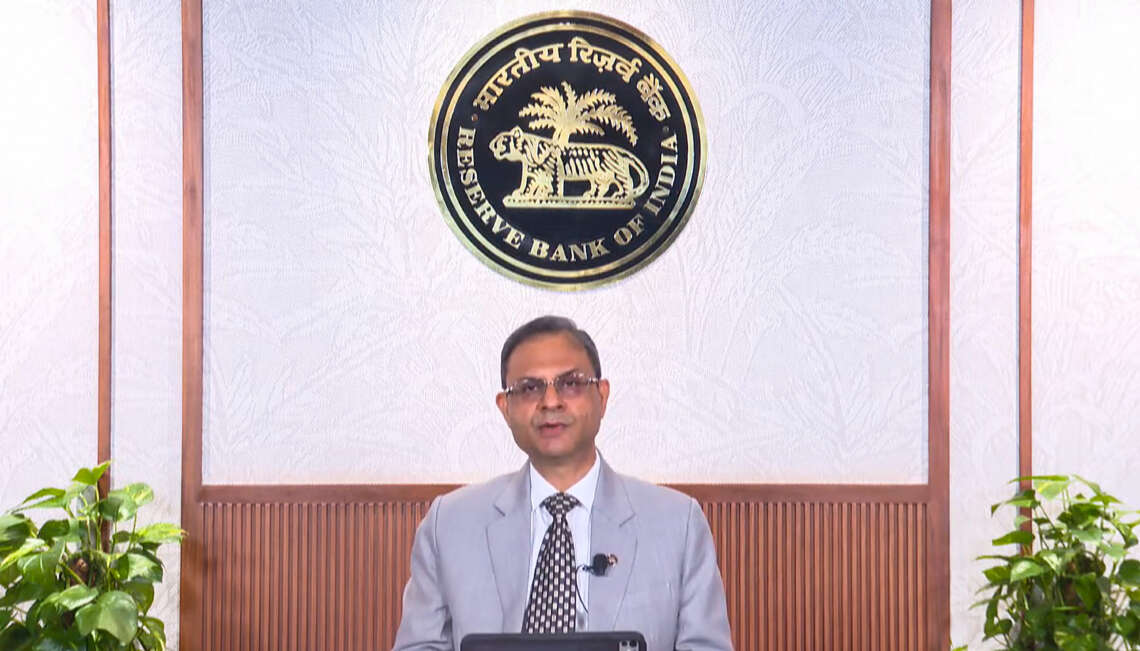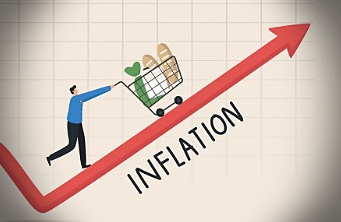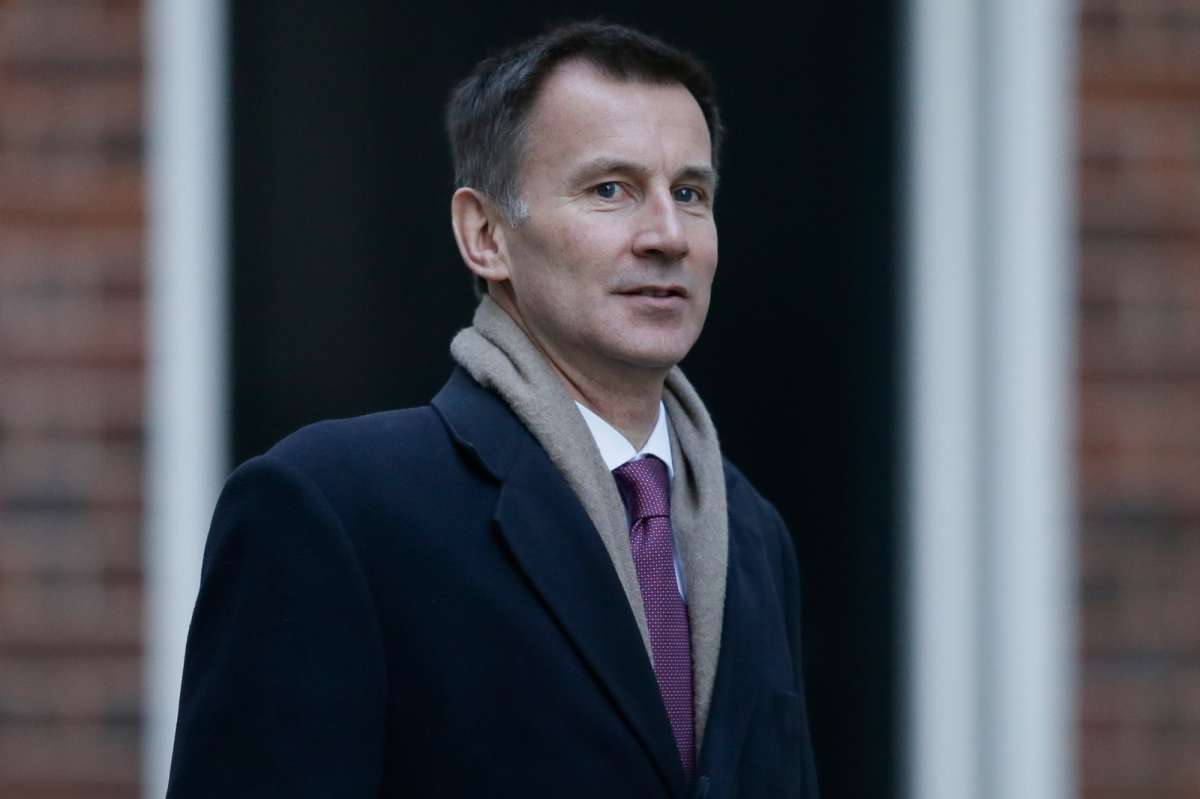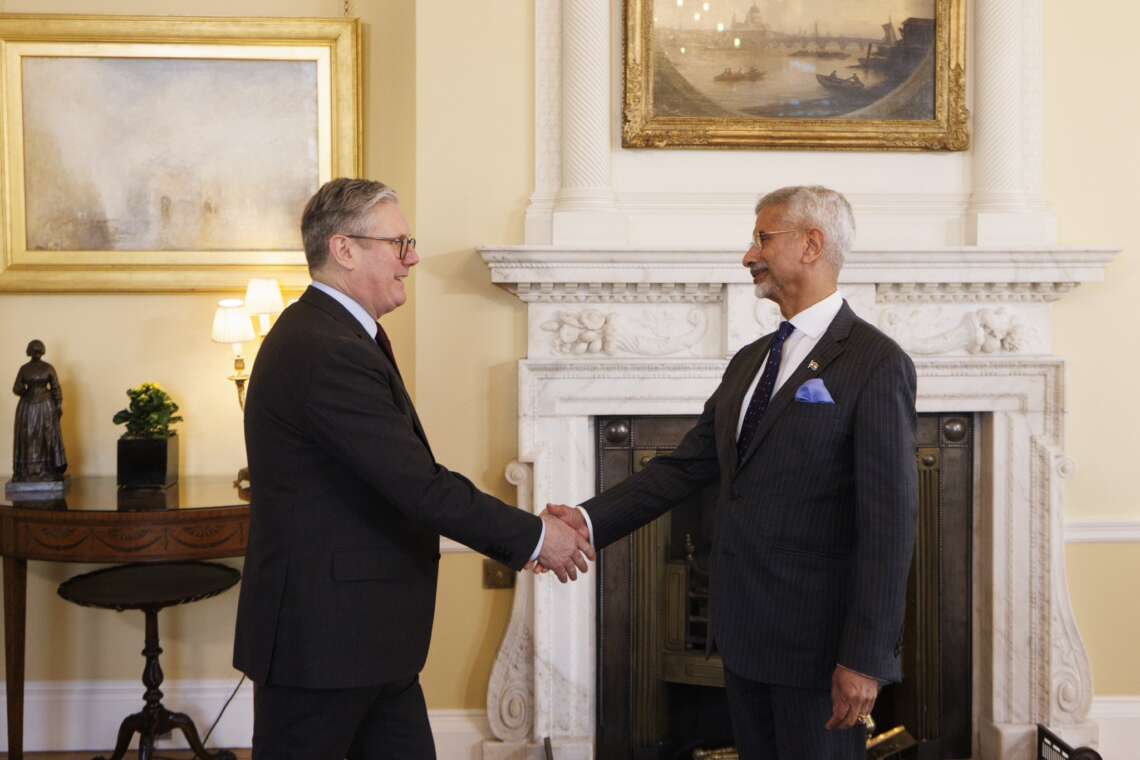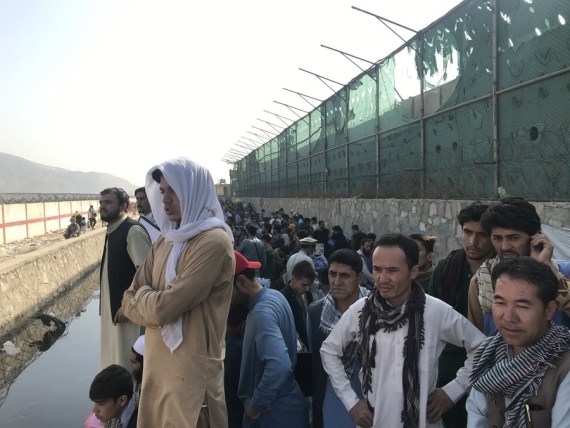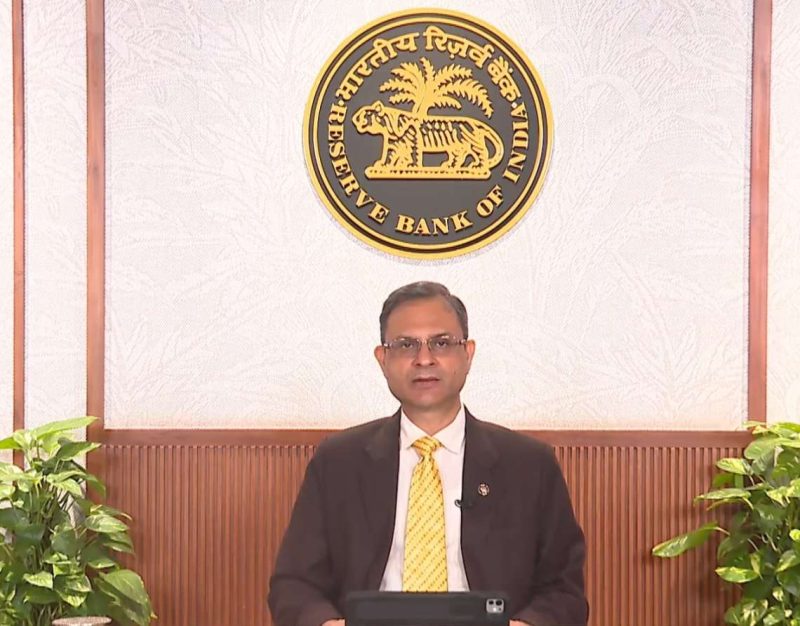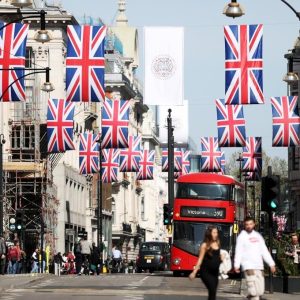India’s GDP growth is poised to accelerate in the fourth quarter (January-March) of the current financial year, driven by positive high-frequency economic indicators, according to a recent report by Bank of Baroda (BoB) released on Wednesday.
The report highlights several key economic indicators that suggest a robust uptick in growth for the January-March quarter, including significant improvements in GST collections, e-way bill generation, and toll collections. GST collections for January and February 2025 averaged Rs 3.8 lakh crore, up from Rs 3.4 lakh crore during the same period in 2024. The number of e-way bills generated increased by 23.1% in January 2025, compared to 16.4% in January 2024, and 16.9% in Q3FY25. Toll collections also witnessed a growth of 16.7% in January-February 2025, compared to 11.2% in the same period last year.
These positive developments are expected to fuel GDP growth for Q4, despite a slight cooling of some indicators such as air passenger traffic and vehicle registrations in the January-February 2025 period. The report also notes that the Kumbh Mela, a significant religious and cultural event, is likely to provide a boost to consumption, services, and the fast-moving consumer goods (FMCG) sector, further contributing to growth.
Looking at the full fiscal year, Bank of Baroda projects India’s GDP growth at 6.5%. This growth estimate is buoyed by a strong performance in the agriculture sector, which registered a robust growth of 5.6% in Q3FY25, up from just 1.5% in the same quarter last year. The report describes the agriculture sector as a bright spot, playing a key role in sustaining overall economic growth.
Monetary Policy and Inflation Outlook
The report also anticipates that the Reserve Bank of India (RBI) will continue to take measures to support economic growth, particularly by lowering key interest rates. With inflation easing, the RBI has already made adjustments to its policy stance. In its latest move, the RBI’s monetary policy committee unanimously decided to cut the repo rate by 25 basis points, reducing it from 6.5% to 6.25%. The central bank maintained a neutral stance, signaling that it is open to further easing if economic conditions warrant it. RBI Governor Shaktikanta Das emphasized the need for a “less restrictive” monetary policy to foster growth, as inflation has remained within the RBI’s targeted band.
The RBI’s inflation projections are optimistic, with expected inflation falling to 4.2% in FY26, down from 4.8% in FY25. The Consumer Price Index (CPI) is forecast to remain relatively steady in Q4FY25 (4.4%) and Q1FY26 (4.5%). The easing of inflationary pressures has created more room for the RBI to take further action on interest rates. The BoB report suggests that there could be up to a 75 basis points reduction in rates within the calendar year, with a potential change in the RBI’s policy stance to accompany the next rate cut.
Bond Market and Interest Rates
The report also noted that the moderation in inflation and evolving liquidity conditions have had a favorable impact on India’s bond market. The 10-year government bond yield has eased, supported by the RBI’s liquidity management measures through the Variable Rate Repo (VRR) auction. Going forward, the 10-year yield is expected to trade in a range of 6.65% to 6.75% in March 2025, though there are some upside risks, including potential tightening of liquidity due to tax outflows. As for the policy rate, the RBI is expected to adopt a “wait-and-watch” approach before making any further changes in April 2025, given the moderation in inflation.
Rupee Outlook
The report further outlines the outlook for the Indian rupee, which remains largely positive due to expected economic growth, range-bound oil prices, and strong external buffers. However, the report cautions that continued volatility in the global financial system and external factors, such as US tariff policies and the strength of the US dollar, could limit the rupee’s appreciation potential in the near term.
Bank of Baroda forecasts the rupee to trade in the range of 86.75 to 87.75 against the dollar in the coming months, with a possibility of touching Rs 88/$ before reverting to this range. The ongoing volatility in global financial markets, including developments in the US economy and its monetary policies, will play a significant role in determining the rupee’s movement.
Overall, the Bank of Baroda report paints a cautiously optimistic picture for India’s economic outlook in the short term. With strong performance in key economic indicators, especially in sectors like agriculture and consumption, India is expected to see a positive acceleration in GDP growth in the January-March quarter. Additionally, the RBI’s supportive monetary policy and favorable inflation outlook provide a solid foundation for continued economic expansion. However, global economic factors and external volatility will remain important variables to watch in the months ahead.



